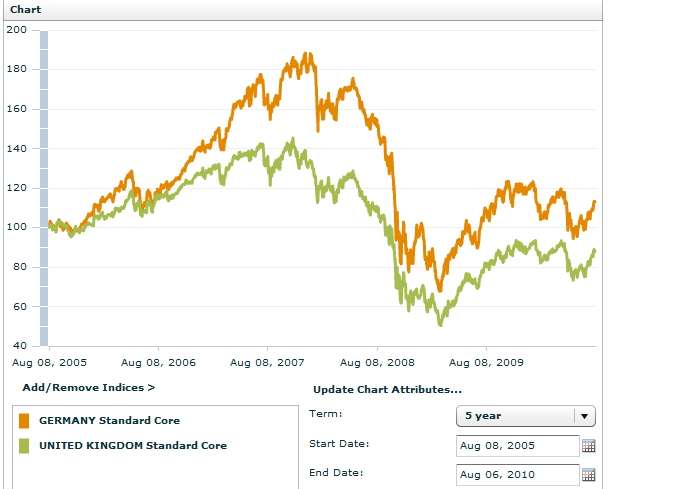The stress test for European bank is over. The majority of the banks passed the test though some question the depth and usefulness of the exercises. Generally similar to US banks reporting better earnings, most of the large European banks are in the recovery phase and are reporting higher profits and lower provisions for losses. For example, on August 4th French banking group Societe Generale reported that profits more than tripled compared to a year ago.
Since there are thousands of banks across Europe, it is a wise strategy to go with the large banks that have better diversification of their assets across different markets. One way to identify to such banks is to select banks that are part of the DJ Euro Stoxx 50 Index. This index includes the 50 largest blue-chip companies in the Euro zone countries. Eight banks in the index account for about 19% of the total holdings.
The banks that are included in the DJ Euro Stoxx 50 Index are listed below with their current dividend yields:
1.Banco Santander (STD)
Current Dividend Yield: 5.86%
Spain
2. BNP Paribas (BNPQY)
Current Dividend Yield: 2.72%
France
3.Unicredit (UNCFF)
Current Dividend Yield: 1.46%
Italy
4.Banco Bibao Vizcaya Argentaria (BBVA)
Current Dividend Yield: 3.60%
Spain
5.Deutsche Bank (DB) Current Dividend Yield: 1.37%
Current Dividend Yield: 1.37%
Germany
6.Societe Generale (SCGLY)
Current Dividend Yield: 0.56%
France
7.Intesa Sanpaolo (ISNPY)
Current Dividend Yield: 3.24%
Italy
8.Credit Agricole (CRARY)
Current Dividend Yield: 4.24%
France
